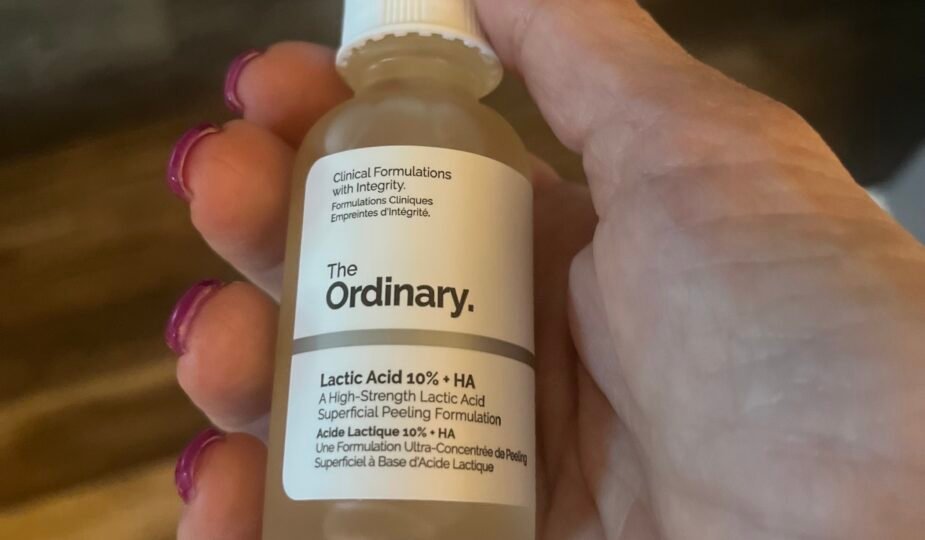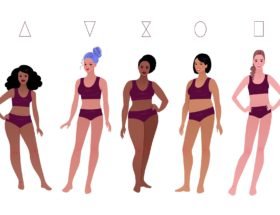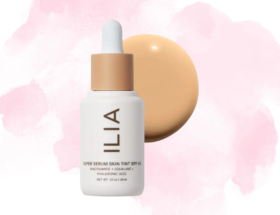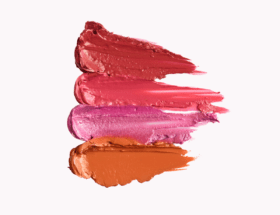A consistent and longtime skincare routine, including a combination of retinoids, peptides, AHAs, and sun protection, is a must! However, As we age, our skin changes, and so should our skincare routine. It’s important to regularly reassess the products we use and make adjustments based on our skin’s evolving needs. To learn about the beauty swaps I made, read the post, “Three Beauty Swaps I Made After 60 for Smoother Skin,”
Your skin after 60 Years – Wrinkles, Sagging, Brown Spots
One of the biggest culprits of premature aging is sun damage, which is why sun protection should always be a non-negotiable part of any skincare routine. Retinoids, peptides, and AHAs are also great ingredients to incorporate into your routine to promote smoother, more youthful-looking skin. However, it’s important to note that not all products are created equal, and what may have worked for us in our younger years may no longer be effective as we age. That’s why it’s crucial to experiment with different products and find what works best for our skin in our current stage of life.
I swapped my prescription retinoid for an OTC Retinol
I have used a prescription retinoid consistently for 20 years and do believe it is worth the money. My skin was dry, and I noticed the retinoid was irritating. The bottom line is that my skin had reached a point where a prescription retinoid was making my skin look worse!
Your skin thins as you age, and retinoids act to slough off dead skin cells, thereby increasing new cell generation. And while this is a good thing for your skin, in my case, it aggravated the sun damage (brown spots).
It’s important to note that retinoids can make your skin more sensitive to the sun, so it’s crucial to use sun screen daily when using retinoids. Additionally, if you have sun damage or brown spots, it’s best to talk to a dermatologist who can recommend a personalized skincare routine that includes retinoids and other products that can help improve the appearance of your skin. Remember, taking care of your skin is a lifelong process, and with the right tools and knowledge, you can keep it looking healthy and radiant at any age.
I decided to swap my prescription retinoid for an OTC Retinol product; I can still receive the benefits without disturbing the sun damage on my face.


I Swapped out Glycolic Acid for Lactic Acid
Exfoliating acids can be a game-changer for anyone looking to improve their skin texture and overall appearance. However, it’s important to find the right acid for your skin type and concerns. Glycolic acid is a popular choice for those with oily or acne-prone skin, as it deeply penetrates the pores and helps to unclog them. However, for those with sensitive or dry skin, glycolic acid can be too harsh and cause irritation and dryness.
That’s where lactic acid comes in. Lactic acid is a gentler exfoliating acid that is well-suited for those with sensitive or dry skin. It helps to gently remove dead skin cells and improve skin texture without causing irritation. Plus, it can also help to boost hydration levels in the skin, leaving it looking plump and radiant.
Exfoliation has been a consistent part of my skincare routine. I have used various exfoliation products, including scrubs and chemical exfoliation. The chemical exfoliation was making my hyperpigmentation worse. By swapping glycolic acid for lactic acid, I can still achieve the same results without experiencing the harsh side effects of using a stronger acid exfoliator. Additionally, I suggest patch-testing new products and introducing them slowly into your routine to avoid any potential irritation.


Dark Spots and Hyperpigmentation
The third product I swapped was a skin lightening and dark spot corrector, which again irritated my skin in the same manner as the Prescription Retinoid and Glycolic Acid. The anti-aging ingredients in these products were working hard to remove the hyperpigmentation. And this resulted in scaly bits and dry peeling skin!


It is important to note that skin lightening and dark spot corrector products can be quite harsh on some skin types, especially those with sensitive skin. While these products may contain effective ingredients to address hyperpigmentation, it is crucial to consider the potential side effects and consult with a dermatologist before use. Additionally, incorporating gentle exfoliants and hydrating products into your skincare routine can help alleviate dryness and flakiness caused by these types of products. Remember, taking care of your skin is a journey, and it’s important to be patient and gentle with yourself along the way.
Your skin changes continually throughout your lifetime. Therefore, it’s wise to review and evaluate if the skincare you are using is still working! Furthermore, skincare is constantly evolving with new and improved affordable product brands, including The Ordinary and the InKey List
Thanks for reading the post, Three Beauty Swaps I Made After 60 for Smoother Skin!
Namaste, Beth







